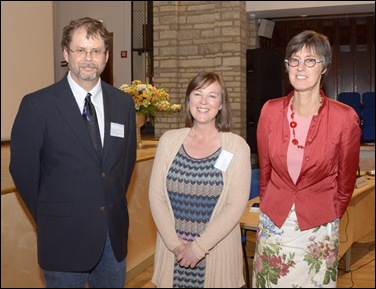 The most succinct summary of the legal status quo with regard to digital objects came from Dwayne Buttler (University of Louisville and legal adviser to MetaArchive): ‘Copyright law prevents you from making copies, and I cannot imagine a digital world without copies.’ It did not make the legal panel (photo, from the left: Dwayne Buttler, Adrienne Muir, Wilma Mossink) any less cheerful – after all, legal complications are their bread and butter.
The most succinct summary of the legal status quo with regard to digital objects came from Dwayne Buttler (University of Louisville and legal adviser to MetaArchive): ‘Copyright law prevents you from making copies, and I cannot imagine a digital world without copies.’ It did not make the legal panel (photo, from the left: Dwayne Buttler, Adrienne Muir, Wilma Mossink) any less cheerful – after all, legal complications are their bread and butter.
Adrienne Muir of Loughborough University compared national deposit arrangements with regard to web archiving. Some are legal deposits, others are voluntary (although not necessarily less effective, as witnessed by the Netherlands); some include audiovisual materials, others do not. ‘This variance’, she said, ‘leads to gaps in what is being preserved for the future.’ Adrienne does not think that legal alignment is the most appropriate approach to filling this gap. She expects more progress from aligment in implementation (which is just what Laura Campbell and I were talking about - see previous post).
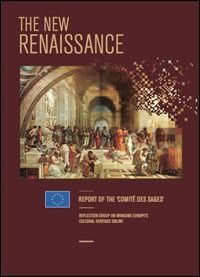 The community’s struggle with copyright provisions is well-known. Wilma Mossink of the Dutch SURF Foundation explained that preservation in itself is not the biggest problem. Providing access to what you have preserved, however, is complicated. She reviewed the situation in Europe and then concluded that legal alignment at the European level is difficult because of dependency on unpredictable factors (lobby by rights holders; member states unwilling to give up their legal systems). Wilma expects more benefit from communal defined legal requirements, and said we should strive for one voice in those. Access to preserved digital objects, Wilma asserted, shall be more easily arranged by agreements between the stakeholders than by legislation.
The community’s struggle with copyright provisions is well-known. Wilma Mossink of the Dutch SURF Foundation explained that preservation in itself is not the biggest problem. Providing access to what you have preserved, however, is complicated. She reviewed the situation in Europe and then concluded that legal alignment at the European level is difficult because of dependency on unpredictable factors (lobby by rights holders; member states unwilling to give up their legal systems). Wilma expects more benefit from communal defined legal requirements, and said we should strive for one voice in those. Access to preserved digital objects, Wilma asserted, shall be more easily arranged by agreements between the stakeholders than by legislation.
Wilma referred to ‘The New Renaissance’, a recent report by a ‘Comite des sages’ (committee of the wise) that pleads more access to Europe’s cultural treasures through the Europeana project. Strangely enough, it says that one copy of all European digital cultural treasures should be archived at Europeana – although Europeana is not, at present, an archive at all. It is an aggregator for content from member states. Europeana is about access, not about preservation.
Dwayne Buttler (above) undoubtedly won the contest for the most entertaining presentation of the conference. His characteristic assessment of the situation:
The law is imperfect, but perhaps US institutions can expect some help from the “fair use doctrine’:
Woops. I just realized that Buttler drew up the permission-to-reuse-conference-stuff-by-Educopia forms all speakers signed, but did not sign one himself, ‘I am a lawyer after all’, he said with a broad smile. Am I in trouble now? Or can the fair use doctrine be made to apply in this case as well?
Perhaps it is safer for me to refer to writings by Buttler that are on the MetaArchive website anyway: the governance contract underlying the MetaArchive cooperative, and which anyone with similar intentions can consult:
In summary: in my experience it is pretty rare for lawyers to agree on anything, but lo and behold: it happened at this conference. Their joint advice: do not expect fast progress in legal alignment to make it easier to provide access to preserved content (which is what memory institutions want to do). As a community of heritage institutions, we should pull together and develop a joint stance and voice to lobby more effectively, but meanwhile – and at the same time – voluntary agreements between the stakeholders offer the best prospect for opening up those digital treasures.
Related posts: ANADP11 – 1, ANADP11 - 2, ANADP11 - 3, ANADP11 - 4, ANADP11 - 5
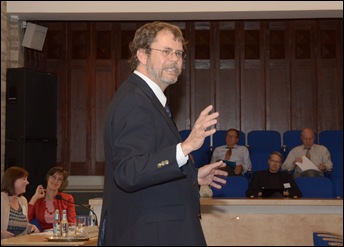
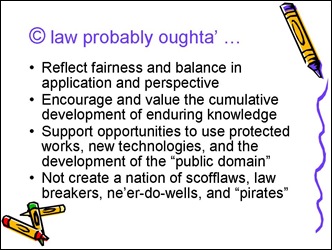
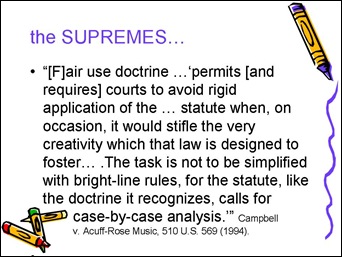

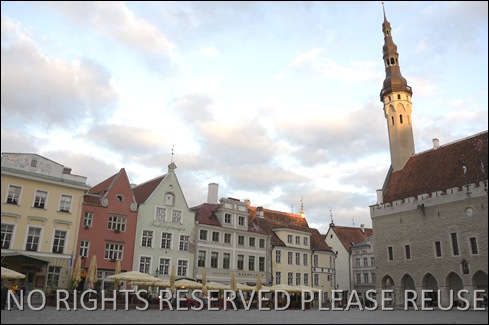
Geen opmerkingen:
Een reactie posten